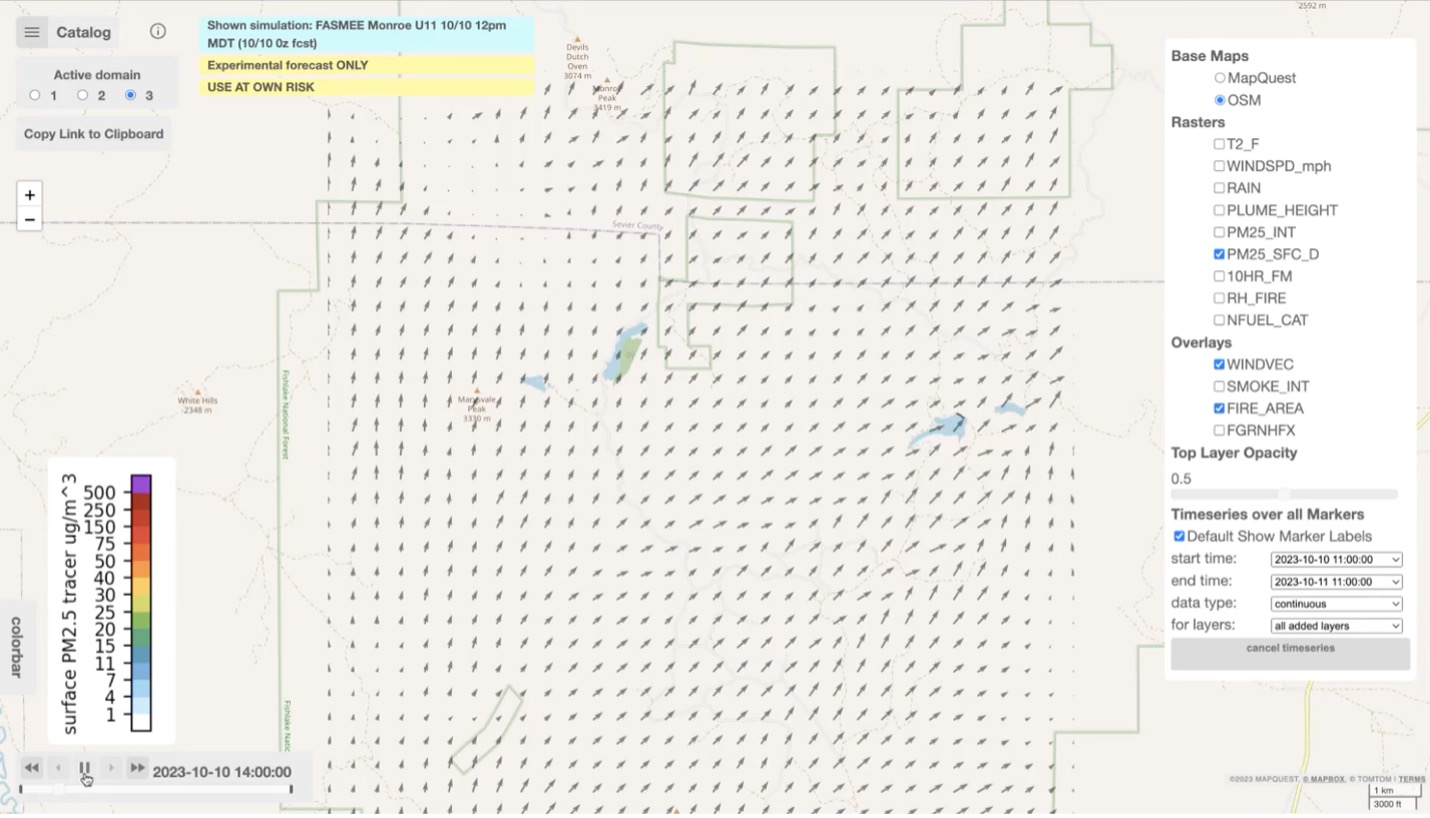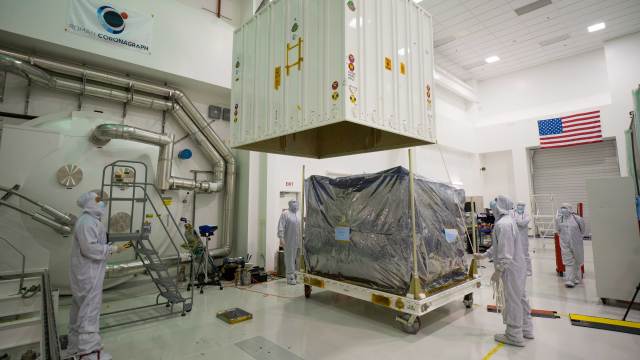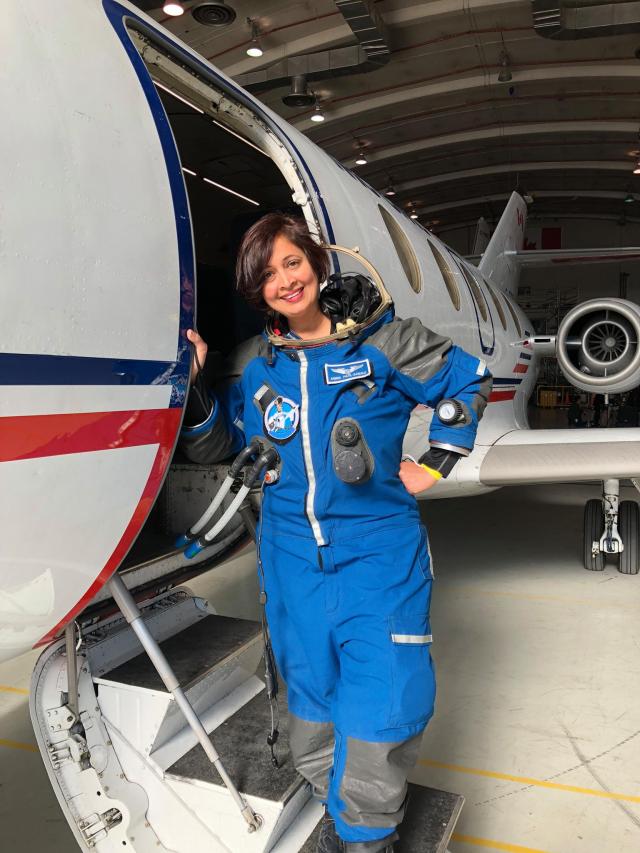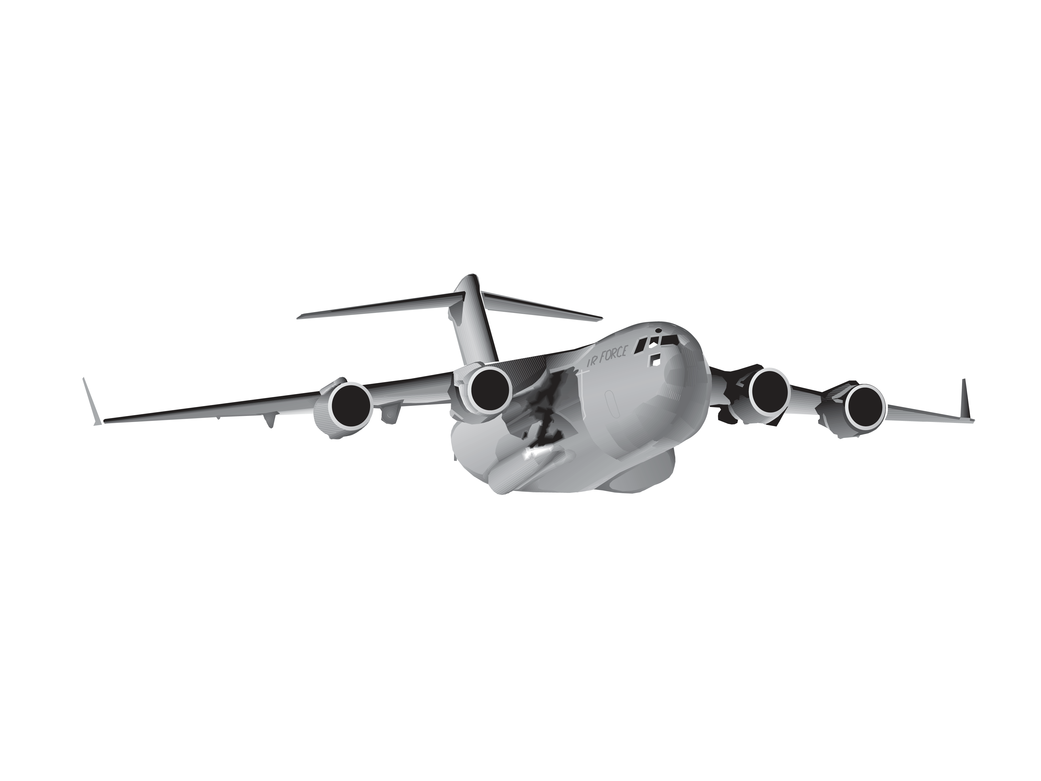EG-0015-01
NASA partnered with other government agencies and industry, including the Federal Aviation Administration, the U.S. Air Force Research Laboratory, Pratt & Whitney, Rolls Royce Liberty Works, General Electric Aviation and Boeing Research & Technology, to conduct the series of Vehicle Integrated Propulsion Research (VIPR) engine tests – ending with the one in 2015 that actually simulated volcanic ash ingestion.
The Air Force provided the plane, a C-17 cargo transport, and two F117 engines that had been slated for retirement, but were overhauled to like new before the test. The F117 engine is a military version of a commercial Pratt & Whitney engine that is used on the Boeing 757.
The first VIPR test on the engine, heavily instrumented with sensors, happened in 2011 at NASA’s Armstrong Flight Research Center/Edwards Air Force Base in California. It established engine and sensor performance baselines. The second test, in early 2013, used cereal and crayons, material that wouldn’t harm the engines, to verify that the sensors could detect tiny bits of debris. That test established the sensitivity of the sensors.
Both were the building blocks for the real-world scenario – the introduction of introducing volcanic ash, which can and does tear up an engine. Researchers introduced simulated volcanic ash into the engines at low and high flow rates…Learn more

























